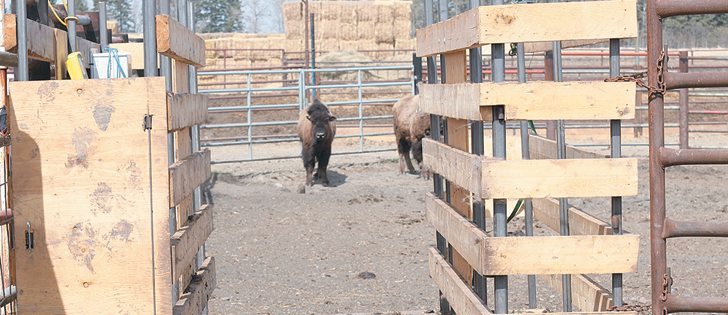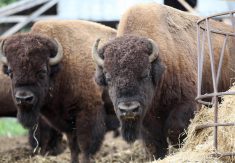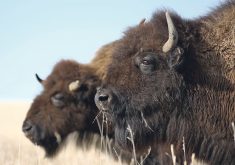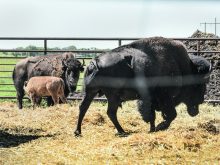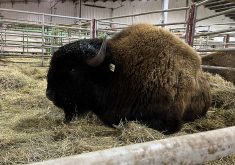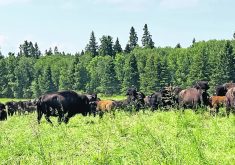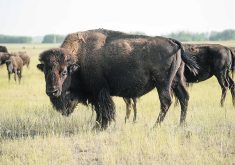Putting animals through a chute can cause stress, leading to weight loss
PENHOLD, Alta. — A new low-stress bison weigh scale trial has already proven successful, says one of the project organizers.
The scale allows bison to be weighed simply by walking to water or eating at a mineral feeder.
“We’re quite encouraged by the bison walking over the weigh scale in a non-stressful way,” said Jayson Galbraith, an elk and bison specialist with Alberta Agriculture.
The research project, which is conducted by the University of Alberta and Bison Producers of Alberta, aims to help producers receive an accurate weight of their animals without the stress of running them through a chute.
Read Also
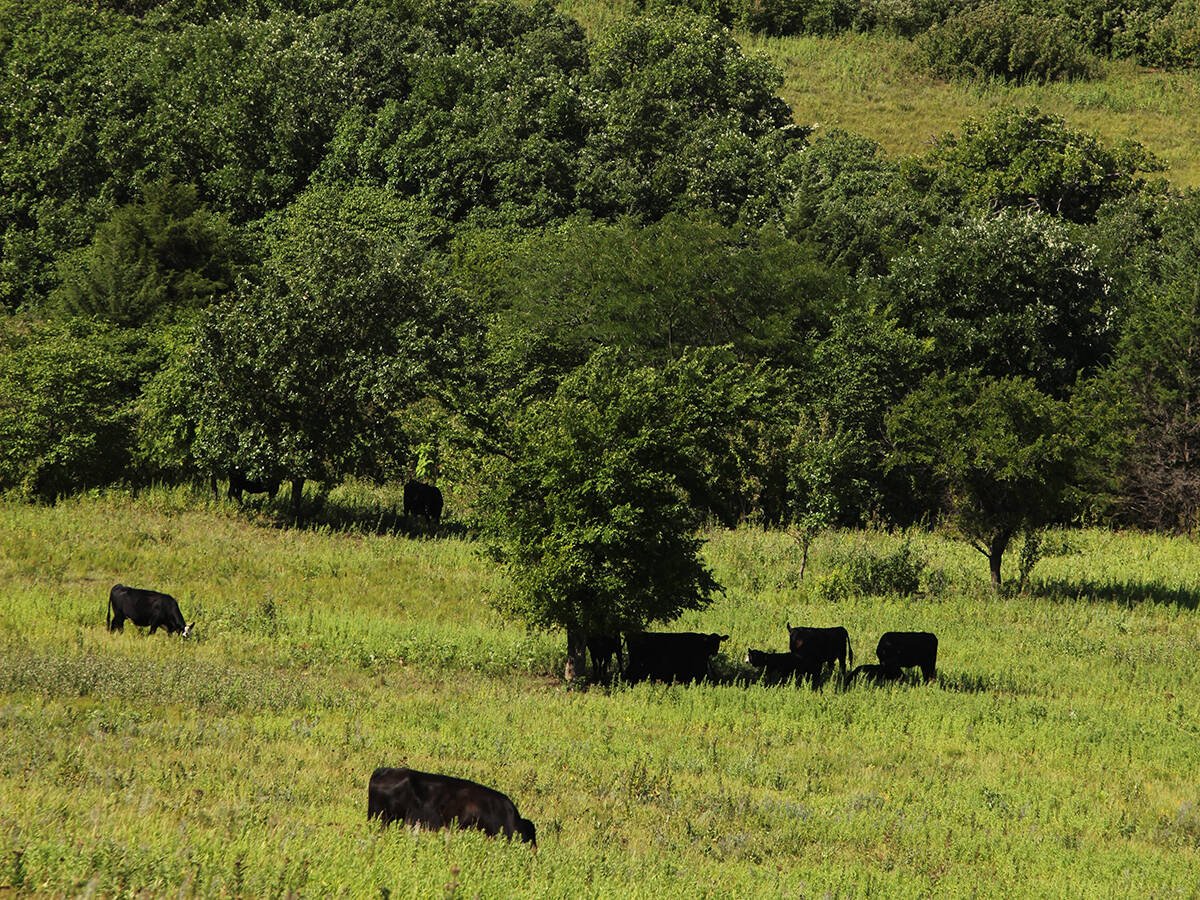
Beef cattle more prone to trace mineral deficiencies
The trace mineral status of our cows and calves is a significant challenge for western Canadian producers and veterinarians.
A bison can go off its feed for one to two weeks each time it goes through a chute or squeeze to be weighed or handled.
“You don’t want to do that on a pen that is gaining well,” said Galbraith.
Accurate weights are necessary when selecting good growing animals or animals that are close to slaughter weight.
“Not being able to weigh is a problem for producers,” U of A student Elyse Semchuck said during a presentation to bison producers.
Students placed two panel readers on the sides of a portable alleyway to read the bison’s radio frequency identification tags as they crossed the weigh scale to get to water.
The bison step on the scale and are weighed as they walk through the portable alley. An RFID tag reader then records the animal’s identification and its weight.
They have since disconnected one of the panel readers because the ear tag can be read while the bison cross the platform scale on the way to or returning from water.
The reduction of one platform reader instantly cuts about $3,000 off the $10,000 system.
Ivan Smith of Big Bend Ranches, where the scales are set up, said he already has good information about daily rates of gain and weights for individual bison in his pen.
A good cattle buyer can eyeball a cow and get a fairly accurate weight, but it’s a lot tougher to guess the weight of a long-haired bison simply by looking, he said.
“It’s been awesome for us,” said Smith, who has already found a 150 pound difference among the bison in the pen.
“We know how much they gain every day.”
The bison have been less inclined to walk onto the scale to eat minerals. Smith believes that’s because they already have enough mineral in their ration and don’t need to seek out additional supplements.
The mineral feeder will be rigged up to a solar panel this summer and taken to the field, where the bison can be weighed while on grass.
Cattle producers who are fattening their cattle on grass and want more information about which animals are gaining the most may also adapt the technology if the solar panel technology successfully operates the weigh scale in the field.
Galbraith said the technology exists to hook the scale to an automatic gate sorter so the bison that have reached market weight can be funneled into a different pen. It’s another way to sort bison without creating stress.
“I’m happy how it’s going. I think this is a very useful tool,” said Galbraith.
Contact mary.macarthur@producer.com

